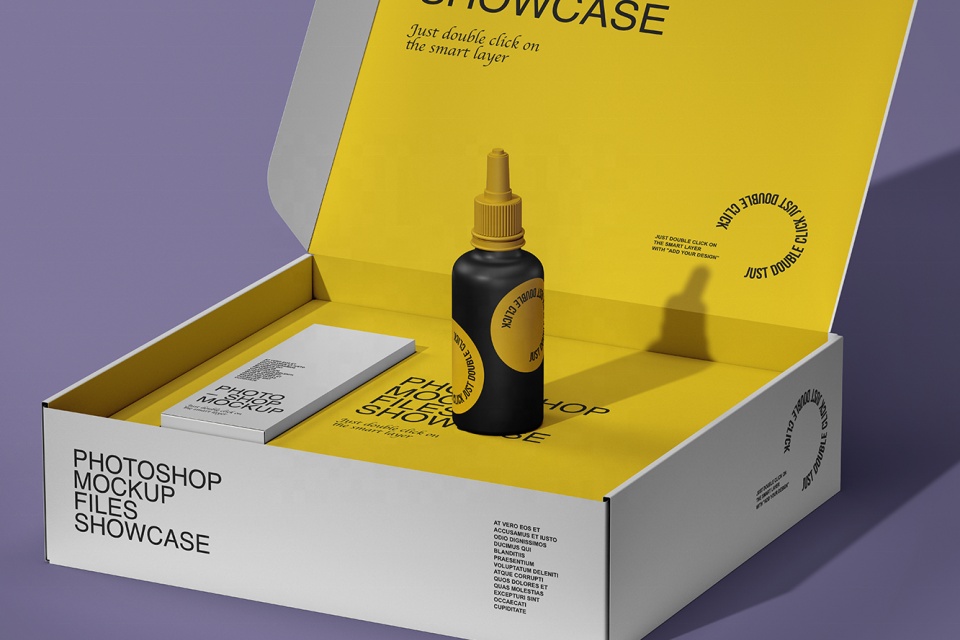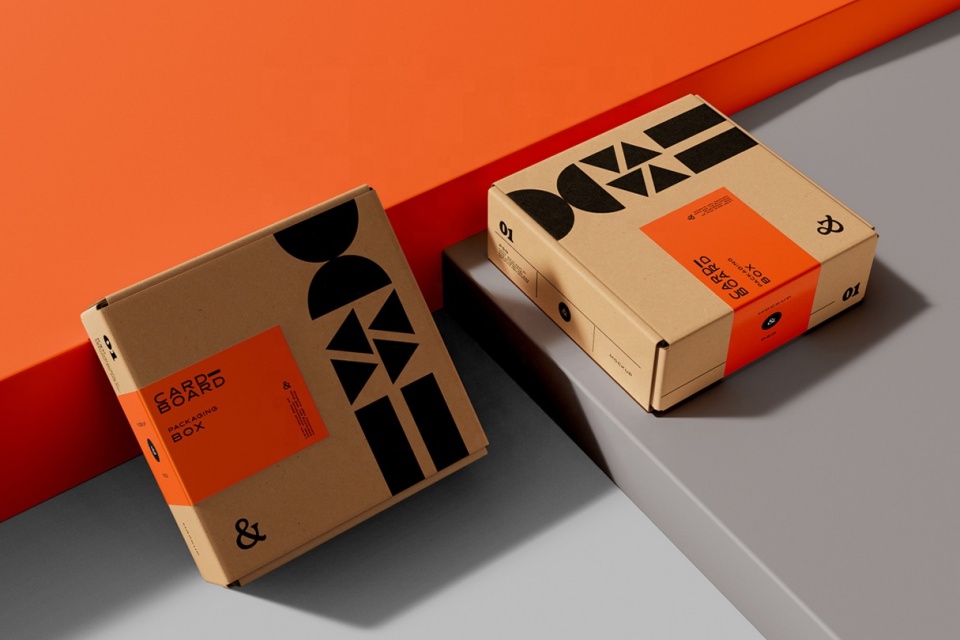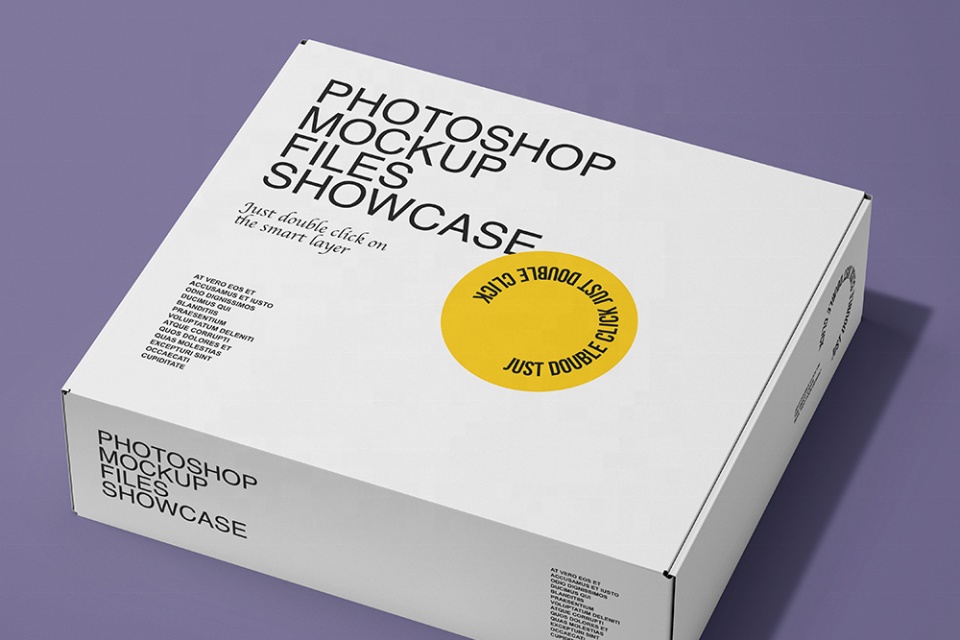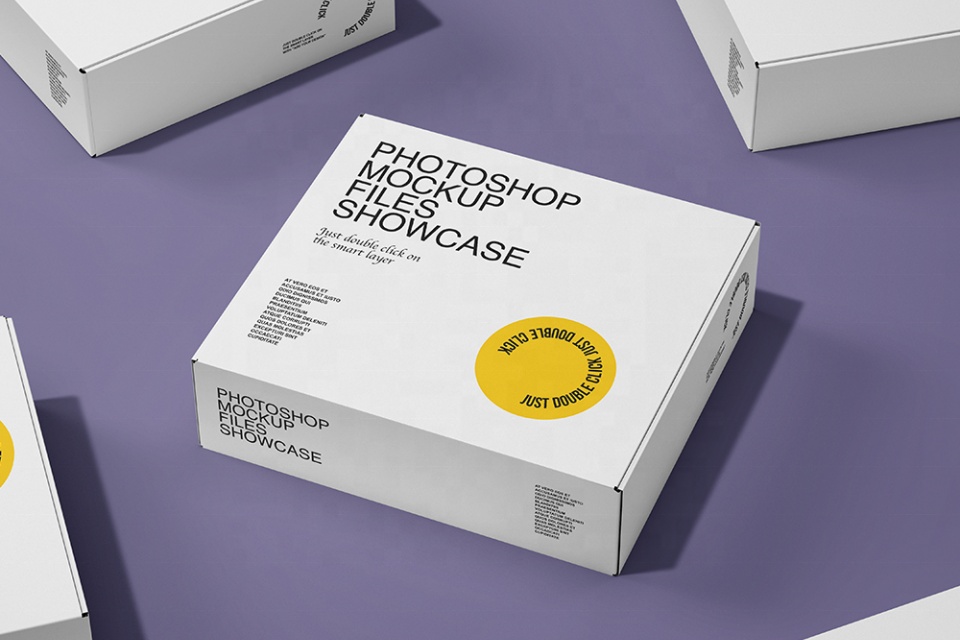Branded Shipping Boxes
Elevate your brand with custom shipping boxes. This guide covers the key benefits, from enhanced brand recognition to creating a memorable unboxing experience.
Summary
Branded shipping boxes have emerged as a vital component in modern business strategy, providing a multitude of advantages that extend beyond mere product delivery. These custom packaging solutions not only enhance brand recognition and customer engagement but also contribute to improved overall customer experiences. By effectively showcasing a brand’s identity through personalized designs, companies can foster trust and loyalty among consumers, making branded boxes an essential marketing tool in today’s competitive marketplace.
The significance of branded shipping boxes is underscored by their ability to create memorable unboxing experiences that evoke positive emotions, turning the act of receiving a package into an event that resonates with customers. This approach is particularly crucial in the eCommerce sector, where packaging serves as the first tangible interaction a customer has with a brand. A well-crafted unboxing experience can significantly influence customer satisfaction and lead to increased social media sharing, further amplifying brand visibility and reach.
In addition to enhancing customer experiences, branded boxes help differentiate products from competitors in a crowded market. Unique designs and consistent branding elements capture consumer interest and contribute to the perceived value of the product, often justifying premium pricing. Moreover, the strategic use of colors and typography in packaging can evoke emotional connections, thereby influencing purchasing decisions and fostering repeat business.
Despite the benefits, businesses must navigate challenges associated with cost, sustainability, and operational efficiency when implementing branded shipping solutions. The higher immediate costs of custom packaging can be a barrier for some, while the need for environmentally friendly materials has become increasingly important to today’s consumers. Nevertheless, the potential for enhanced brand loyalty and customer retention positions branded shipping boxes as a strategic investment for long-term business growth and success.
Table of Contents
Benefits
Branded shipping boxes offer numerous advantages for businesses, significantly enhancing their marketing efforts and customer engagement.
Enhanced Brand Recognition
One of the primary benefits of using custom boxes is improved brand recognition. When consumers see your packaging, they can identify your brand’s logo, colors, and designs, which fosters familiarity and trust. This recognition can lead to increased customer loyalty, as individuals are more likely to make repeat purchases from brands they know and trust.
Improved Customer Experience
Custom packaging can significantly enhance the overall customer experience. Personalized designs not only create a professional impression but also evoke positive emotions, which are crucial in the purchasing decision. Thoughtfully designed packaging can transform the unboxing experience into a memorable event, akin to unwrapping a gift, thereby increasing customer satisfaction. Additionally, visual appeal plays a critical role in catching consumers’ attention and influencing their decision-making processes.
Differentiation from Competitors
In a crowded market, branded packaging helps differentiate products from competitors. Unique designs and consistent branding elements can make your offerings stand out on shelves and during online purchases, thereby capturing consumer interest more effectively.
Increased Perceived Value
Using branded shipping boxes can also elevate the perceived value of a product. When consumers receive a well-packaged item, they often associate it with higher quality, which can justify premium pricing. This perception can be reinforced through the strategic use of colors, typography, and innovative packaging shapes that resonate with consumers and align with their values.
Emotional Connection
Custom box designs can evoke emotional responses from consumers, which are often quicker and more influential than rational thoughts. By tapping into consumers’ emotions through thoughtful design, businesses can create a strong bond with their audience, increasing the likelihood of conversions and repeat purchases.
Strategic Marketing Insights
Implementing branded packaging can provide valuable insights into brand awareness and consumer preferences. Tools that track brand mentions and customer feedback can help businesses gauge the effectiveness of their packaging strategies and adapt accordingly. Collecting feedback on the unboxing experience can further refine packaging designs to align better with customer expectations and enhance overall satisfaction.

Marketing and Branding Strategies
The Role of Packaging in Brand Awareness
Packaging design significantly impacts brand perception, often influencing consumer behavior as much as the product itself. Thoughtful packaging can set a brand apart in a crowded market by reinforcing brand identity and creating a distinctive point of difference. This is particularly crucial in the eCommerce landscape, where first impressions are made through the shipping box. A well-designed branded box can enhance recognition and evoke emotional connections, thereby improving brand recall and loyalty.
Creating a Memorable Unboxing Experience
The unboxing experience has emerged as a key component of customer engagement, where the presentation of the product can elevate its perceived value. By incorporating unique designs, colors, and branding elements into shipping boxes, brands can transform the simple act of receiving a package into a memorable event for the customer. This not only satisfies customers but also encourages them to share their experiences on social media, further amplifying brand visibility and reach.
Consistency Across Channels
To maximize the impact of branded shipping boxes, businesses should ensure consistency in their branding efforts across all customer touchpoints. This includes maintaining a coherent visual identity and messaging that aligns with the overall brand experience. By deploying brand assets strategically over time and across various platforms, companies can deepen brand recognition and trust, making it easier for customers to choose their products over competitors.
Sustainability Considerations
With increasing consumer awareness of environmental issues, businesses should also consider incorporating sustainable packaging materials into their branding strategies. Utilizing eco-friendly options not only demonstrates a commitment to sustainability but can also enhance brand reputation and appeal to environmentally conscious consumers. By offering reusable, recyclable, or biodegradable packaging, brands can create a positive impact while still conveying their identity through attractive and functional design.

Case Studies
Impact of Package Design on Consumer Behavior
Various case studies illustrate the significant impact that effective package design can have on consumer behavior and brand identity. For example, renowned brands such as Apple, Coca-Cola, and Tiffany & Co. have successfully leveraged thoughtful package design to influence purchasing decisions and enhance brand recognition. These companies have utilized psychological elements in their packaging, creating an emotional connection with consumers that drives sales and fosters brand loyalty.
Rigid Packaging and Brand Identity
Brands are increasingly recognizing the value of rigid packaging boxes in strengthening their brand identity. One study highlights how companies use these boxes to create a distinctive visual presence that resonates with consumers. The incorporation of unique designs, exterior prints, and branded elements on packaging materials helps create memorable first impressions, which are crucial in the competitive eCommerce landscape.
Custom Shipping Boxes: A Strategic Investment
A significant finding from the industry is the value of custom shipping boxes in driving business growth. By investing in custom boxes that feature a company’s logo and branding elements, businesses can elevate the perceived value of their products. This not only enhances brand visibility but also improves customer satisfaction and fosters loyalty, as recipients are more likely to share their positive unboxing experiences on social media. For instance, a mere 0.4% increase in sales can cover the costs of custom boxes, with the potential for sales increases of up to 20% being noted by businesses that prioritize branding in their packaging strategy.
Innovative Packaging Examples
Innovative packaging solutions can serve as powerful case studies for businesses seeking to enhance their own branding efforts. Birchbox, for example, has revolutionized the subscription box model by delivering unique packaging designs that change monthly, ensuring that customers receive a distinct experience with each order. Similarly, Monday’s Child has created sustainable packaging that can be repurposed into dollhouses, adding value to the product beyond clothing. These examples underscore the importance of creativity and consumer understanding in packaging design, illustrating how thoughtful execution can lead to memorable brand experiences.

Challenges and Considerations
Cost Implications
While branded packaging can enhance brand recognition and customer loyalty, it typically incurs higher immediate costs compared to generic packaging options. For instance, the price of custom boxes can range from $0.80 to $1.30 per box, which may seem steep initially. However, businesses should evaluate the long-term benefits, including potential savings in advertising costs due to improved brand recognition, which can reduce customer acquisition expenses significantly.
Sustainability Concerns
Sustainability has become an increasingly important factor for consumers, with many willing to switch brands over negative environmental practices. Companies must balance the use of attractive, branded packaging with sustainable materials. Choosing cost-effective yet environmentally friendly packaging solutions can be challenging, especially as regulations surrounding materials like plastic become more stringent. Additionally, while opting for sustainable packaging may involve upfront costs, it can lead to long-term savings by maintaining and growing a loyal customer base.
Quality Assurance
Ensuring the durability and protection of products during transit is critical. Businesses should rigorously test their packaging to avoid damage during shipping, which can lead to customer dissatisfaction and increased costs associated with returns and replacements. Effective packaging should be designed to withstand various shipping conditions while maintaining a high-quality presentation.
Operational Efficiency
Streamlining packaging processes within the supply chain is essential to maximize operational efficiency. Packaging decisions should not only focus on branding but also consider how they can optimize shipping costs and reduce wasted space. Inefficient packaging can lead to higher shipping expenses and diminished profit margins. As companies adopt custom packaging, they must assess their supply chain logistics to avoid complicating operations.
Market Adaptability
The packaging landscape is constantly evolving with changing consumer preferences. Brands must stay informed about emerging trends and consumer expectations to remain competitive. This includes leveraging data analytics to tailor packaging designs and ensure they meet customer demands, such as photogenic aesthetics suitable for online shopping experiences. Adapting packaging strategies to meet these evolving needs can present a challenge for businesses trying to maintain consistency in branding while remaining responsive to market trends.

Historical Evolution
Origins of Packaging
The use of packaging dates back thousands of years, with early examples made from natural materials like gourds, twigs, leaves, and animal skins. Ancient civilizations, including the Egyptians, utilized wooden crates and barrels to transport goods across land and sea, marking the initial development of storage solutions. As societies progressed, the invention of clay containers allowed for the storage of dry items and liquids, enhancing the ability to preserve and transport goods effectively.
Innovations in Packaging Materials
The evolution of packaging took a significant turn in the early 19th century with the invention of the metal tin can, which revolutionized the transportation of perishable goods like food and beverages. This innovation was pivotal as it allowed for safe and efficient shipping, addressing the growing demands of an industrializing world. The introduction of tinplate provided a lightweight yet durable option for packaging, further enhancing protection against moisture and pests, especially for long-distance shipments.
The late 19th century saw the emergence of corrugated cardboard, which transformed the shipping industry by offering a lightweight and customizable packaging solution. This advancement facilitated the mass production of goods and became a fundamental component of modern shipping box systems, crucial for the establishment of global trade networks.
The Impact of Industrialization
The Industrial Revolution marked a turning point in packaging history, as machines began to replace manual labor in production processes. This era not only led to an increase in the volume of goods being produced but also necessitated improved packaging solutions to protect these goods during transit. As consumer society emerged, the design of packaging became vital, evolving from mere containment to an essential marketing tool that informed and sold products to consumers.
The introduction of plastics in the 20th century further transformed the packaging landscape. Plastic materials improved product protection and shelf life but later prompted concerns about environmental impacts, leading many companies to pursue eco-friendly packaging solutions in recent years.
Modern Packaging and Branding
Today, branded packaging has become a crucial element in e-commerce, enhancing customer experience and brand loyalty. Innovative packaging designs not only serve practical purposes but also create memorable unboxing experiences that reinforce brand identity. This evolution reflects a broader trend where packaging transcends its original function, becoming a key aspect of marketing and consumer engagement strategies. The historical trajectory of packaging showcases its importance in trade and commerce, continually adapting to meet the demands of society and industry.
